Tag: EEG
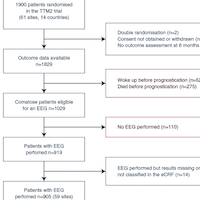
EEG Patterns for Predicting Poor Outcome After Cardiac Arrest
The specificity of the ERC-ESICM-recommended EEG patterns for predicting poor outcome after cardiac arrest exceeds 90% but is lower than in previous studies, suggesting that large-scale implementation may reduce their accuracy.... read more

Processed Electroencephalography-guided General Anaesthesia to Reduce Postoperative Delirium
Our primary analysis demonstrated a highly sensitive result with a pooled analysis of trials in which the intervention group adhered to manufacturer's recommended guidelines showing reduced incidence of postoperative delirium... read more

Educational Initiatives for EEG in the Critical Care Setting
It is feasible to teach basic electroencephalography (EEG) to participants in critical care settings from different clinical backgrounds, including physicians and nurses. Brief training programs can enable bedside providers... read more

Standardized EEG Analysis to Reduce the Uncertainty of Outcome Prognostication After Cardiac Arrest
In the majority of comatose cardiac arrest (CA) patients, the outcome remains indeterminate after application of ERC/ESICM prognostication algorithm. Standardized EEG background analysis enables accurate prediction of both... read more
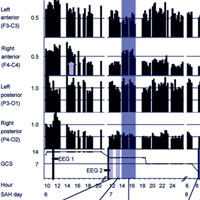
Quantitative EEG for Detection of Brain Ischemia
Electroencephalography (EEG) is a very promising tool for monitoring brain function in real-time in the ICU. There are characteristic changes that occur on EEG in response to brain ischemia, correlating with CBF and brain... read more
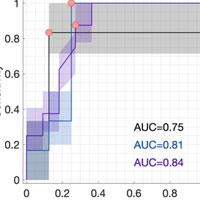
Predicting Outcome in Patients with Moderate to Severe TBI Using Electroencephalography
Multifactorial Random Forest models using quantitative electroencephalography (qEEG) features, clinical data, and radiological findings have potential to predict neurological outcome in patients with moderate to severe traumatic... read more
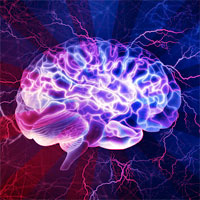
Nonconvulsive Status Epilepticus: Overlooked and Undertreated
Nonconvulsive status epilepticus (NCSE) is characterized by persistent change in mental status from baseline lasting more than 5 minutes, generally with epileptiform activity seen on EEG monitoring and subtle or no motor... read more

Detection of Brain Activation in Unresponsive Patients with Acute Brain Injury
A dissociation between the absence of behavioral responses to motor commands and the evidence of brain activation in response to these commands in EEG recordings was found in 15% of patients in a consecutive series of patients... read more

Sleep Deprived-Patients in ICU May Fail to Get Off Ventilation
Attempts to wean intubated, critically ill patients off mechanical ventilators were less successful when the patients exhibited atypical sleep or pathological wakefulness, researchers reported. The findings suggest that sleep... read more
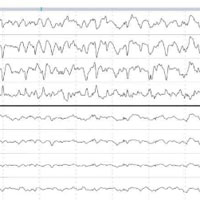
Rapid Bedside Evaluation of Seizures in the ICU by Listening to the Sound of Brainwaves
The Ceribell EEG System enabled rapid acquisition of electroencephalography (EEG) in patients at risk for non-convulsive seizures and aided clinicians in their evaluation of encephalopathic ICU patients. The ease of use and... read more
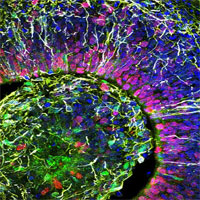
Lab-grown ‘Mini Brains’ Produce Electrical Patterns That Resemble Those of Premature Babies
'Mini brains' grown in a dish have spontaneously produced human-like brain waves for the first time — and the electrical patterns look similar to those seen in premature babies. The advancement could help scientists to... read more

Sevoflurane for the treatment of refractory status epilepticus in the critical care unit
A 50-year-old woman with liver failure was admitted to critical care for refractory status epilepticus (RSE). Following tracheal intubation, sevoflurane was administered via the MIRUS system (Pall Medical, Dreieich, Germany).... read more

Model Identifies Seizure Risk in Critically Ill
For critically ill patients, a model comprising six variables can identify the probability of seizure, according to a study published online Oct. 9 in JAMA Neurology. Aaron F. Struck, M.D., from the University of Wisconsin... read more

Induced hypothermia not associated with better outcomes for status epilepticus
In this trial, induced hypothermia added to standard care was not associated with significantly better 90-day outcomes than standard care alone in patients with convulsive status epilepticus.... read more




